Disclosure: This article contains affiliate links. We may earn a commission from purchases at no extra cost to you, which helps our travel content.
Standing on South Tarawa's narrow coral atoll—barely 500 meters wide at points—I found myself at the intersection of climate vulnerability and cultural resilience unlike anywhere I've experienced in my urban planning career. This remote Pacific microstate offers none of the electronic music venues or gaming cafes I typically document, yet Tarawa's intricate social fabric and precarious urban design challenges present a fascinating case study for the thoughtful solo traveler. My two-week journey through Kiribati's administrative heart revealed a place where traditional knowledge systems and modern climate adaptation strategies coexist in delicate balance.
Understanding Tarawa's Unique Urban Landscape
Tarawa's urban morphology defies conventional planning principles I've studied across four continents. The atoll is effectively divided into North and South Tarawa—the former sparsely populated and traditionally organized, while South Tarawa functions as an increasingly dense urban corridor housing roughly half the nation's population.
The causeways connecting the islets create a linear settlement pattern that's remarkably similar to theoretical string-city concepts I've analyzed in graduate seminars, except here it's not theoretical—it's survival architecture. Population density in South Tarawa approaches 4,000 people per square kilometer in some sections, comparable to parts of Tokyo or Barcelona, but without the vertical development or infrastructure capacity.
Navigating this unusual urban form requires patience and adaptability. Public transportation consists primarily of privately operated minibuses locally called 'te bus' that run along the main road from Betio to Bonriki. I found the solar-powered GPS invaluable for orientation, especially when exploring the less populated northern islets where landmarks are scarce and Google Maps data is limited.

💡 Pro Tips
- Learn basic Gilbertese phrases—locals appreciate the effort and it facilitates deeper connections
- Carry a physical map as backup—digital coverage is unreliable outside South Tarawa
- Respect land ownership—nearly all land is privately owned by families, so ask permission before wandering off main paths
Accommodation Strategies for the Solo Explorer
Accommodation options in Tarawa operate on a different paradigm than typical tourist destinations. There are no international hotel chains, no boutique hostels with co-working spaces, and certainly no gaming-themed accommodations like I found in Seoul or Tokyo. Instead, you'll find a handful of modest guesthouses and government hotels that serve primarily as business accommodation.
Mary's Motel in Bairiki offers basic but clean rooms with air conditioning—essential in Tarawa's consistent 30°C (86°F) heat and high humidity. The Tarawa Boutique Hotel provides slightly more upscale accommodations with reliable Wi-Fi, though 'boutique' here doesn't carry the design-forward connotation it might elsewhere.
For solo travelers seeking deeper cultural immersion, several villages offer homestay experiences, particularly in North Tarawa. During my stay with a family in Buariki, I slept in a traditional open-air buia (raised platform dwelling) equipped with mosquito netting. While comfortable enough, I found my packable sleeping pad provided welcome additional cushioning on the woven mat surface.
Regardless of accommodation choice, a quality water purification system is non-negotiable. Tarawa's limited freshwater resources and sanitation challenges make water purification essential for preventing illness.

💡 Pro Tips
- Book accommodation in advance—limited options mean places fill quickly with government and NGO workers
- Pack your own toiletries and basic first aid supplies—availability is inconsistent in local stores
- Consider bringing a lightweight sheet or sleeping bag liner for homestays
Cultural Navigation & Social Protocols
Kiribati culture operates on social protocols that differ significantly from Western urban environments. As someone who studies how urban spaces shape cultural interaction, I found Tarawa's social landscape fascinatingly complex despite its physical simplicity.
The concept of bubuti—a cultural practice where refusing requests from friends or family is considered inappropriate—creates an intricate social economy. Understanding this reciprocity system is crucial; gifts are not merely gifts but entries into ongoing social relationships. When visiting villages, I brought practical items like fishing hooks, solar-powered flashlights, and children's educational materials rather than money or candy.
Dress codes are conservative by Western standards. Despite the tropical heat, I packed light, breathable clothing that covered shoulders and knees. My UPF sun shirt proved invaluable—protecting from both intense equatorial sun and aligning with local modesty standards.
Kava drinking in maneaba (community meeting houses) provides a structured entry point into local social life. As a solo traveler, receiving an invitation to these gatherings offered invaluable cultural insights. The ceremonial aspects reminded me of specialized electronic music events where spatial arrangement and behavioral protocols create community cohesion—though here the soundtrack was traditional singing rather than techno.

💡 Pro Tips
- Remove shoes before entering a maneaba or private home
- When offered food or drink, accepting is generally expected—refusing can cause offense
- Ask permission before taking photographs, especially of people or in villages
Navigating Climate Reality in a Vanishing Nation
Visiting Tarawa as an urban planner means confronting the stark reality of climate change not as an abstract concept but as an existential urban crisis unfolding in real-time. With most of the atoll rising barely two meters above sea level, Tarawa exemplifies the front line of climate vulnerability.
The juxtaposition is jarring—children playing near seawalls constructed from coral rubble and household waste, homes with foundations repeatedly reinforced against encroaching tides, and government buildings with climate adaptation posters alongside traditional navigation charts.
During my visit, I participated in a community mangrove planting initiative in an area experiencing severe coastal erosion. The local coordinator explained how traditional environmental knowledge is being integrated with contemporary climate science—a planning approach that values indigenous wisdom alongside technical solutions.
For documenting these environmental conditions, my waterproof notebook proved essential during unexpected rain squalls and boat trips. I also relied heavily on my waterproof phone case when photographing coastal erosion sites where waves occasionally washed over my feet.
The experience was humbling. As someone who typically analyzes how urban spaces accommodate cultural expressions like electronic music venues or gaming cafes, witnessing a nation designing for basic survival recontextualized my understanding of urban planning priorities.

💡 Pro Tips
- Visit the Kiribati Climate Change Information Centre to understand adaptation efforts
- Join community-based environmental activities when available—they welcome respectful participation
- Tread lightly—the fragile ecosystem can't support heavy tourism
Digital Disconnection & Cultural Reconnection
For someone who typically documents the intersection of urban spaces and digital culture, Tarawa presented a fascinating inversion of my usual focus. Internet connectivity exists but remains expensive, slow, and unreliable—particularly in North Tarawa where power generation itself is limited.
This digital disconnection creates space for something increasingly rare: genuine presence. Without the constant background hum of notifications or the ability to instantly share experiences online, I found myself engaging with surroundings in ways that felt both novel and nostalgic—like rediscovering a mode of attention I'd forgotten was possible.
I established a daily ritual of early morning walks along the lagoon shore, observing fishermen preparing outrigger canoes using techniques passed down through generations. One elder, noticing my interest, demonstrated traditional navigation methods using shell patterns to represent currents and stars—a complex spatial information system that predates digital mapping by millennia.
To maintain some work capabilities during my stay, I relied on my solar power bank which proved essential during frequent power outages. For offline entertainment during evenings, my e-reader preloaded with books about Pacific island cultures and climate adaptation provided context for my daily observations.
The rhythm of life in Tarawa—dictated by tides, sunlight, and community activities rather than digital calendars—offered valuable perspective on how different urban temporalities shape social interaction and cultural expression.

💡 Pro Tips
- Purchase an Athkamao SIM card at the airport for basic connectivity when needed
- Download offline maps, translation tools, and reading material before arrival
- Embrace the digital detox as an opportunity for deeper cultural engagement
Final Thoughts
Tarawa defies easy categorization in the travel landscape. It's not a destination for those seeking conventional tourism experiences, electronic music venues, or gaming culture. Instead, it offers something increasingly rare: an opportunity to witness a society navigating profound challenges with resilience and cultural continuity.
As an urban planner accustomed to analyzing how cities accommodate cultural expression, my time in Tarawa inverted my perspective—showing how culture adapts when the physical urban form itself is threatened. The linear settlement pattern stretching across connected islets represents both traditional Pacific spatial organization and an urgent contemporary response to limited habitable land.
For the solo traveler willing to embrace discomfort, practice patience, and approach with genuine cultural respect, Tarawa offers profound insights impossible to gain in more accessible destinations. You'll leave with a transformed understanding of climate vulnerability, community resilience, and the varied ways humans organize urban space in response to environmental constraints.
I returned home with fewer photographs than my usual urban documentation projects but with a fundamentally altered perspective on what sustainable urban futures might require. In a world of increasingly homogenized travel experiences, Tarawa remains stubbornly, beautifully itself—at least for as long as the rising tides allow.
✨ Key Takeaways
- Tarawa requires significant advance preparation and flexibility from solo travelers
- Cultural protocols and community connections matter more than typical tourist infrastructure
- The firsthand experience of climate vulnerability transforms abstract knowledge into visceral understanding
📋 Practical Information
Best Time to Visit
May to November (dry season)
Budget Estimate
$100-150 USD daily including accommodation, meals, and local transport
Recommended Duration
10-14 days minimum
Difficulty Level
Challenging

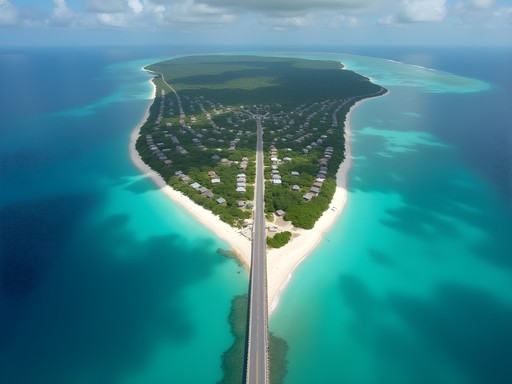

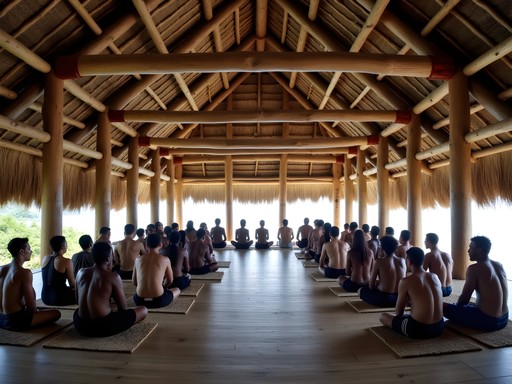
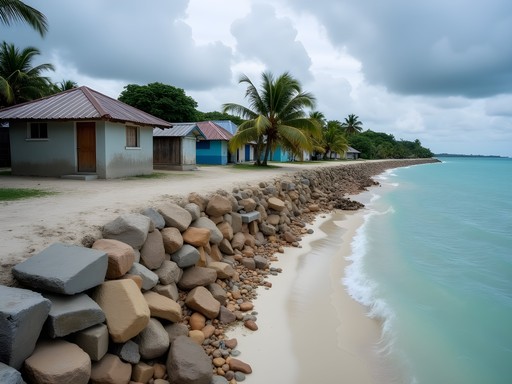



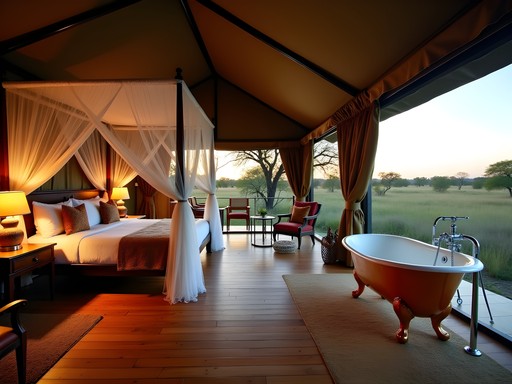
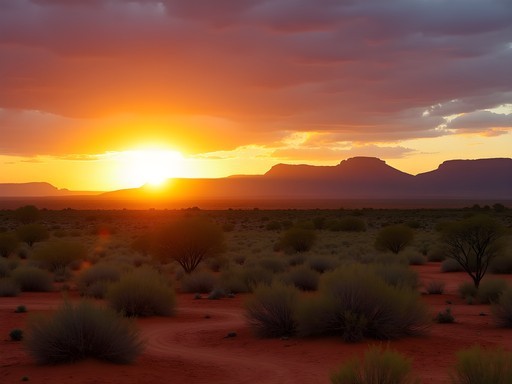



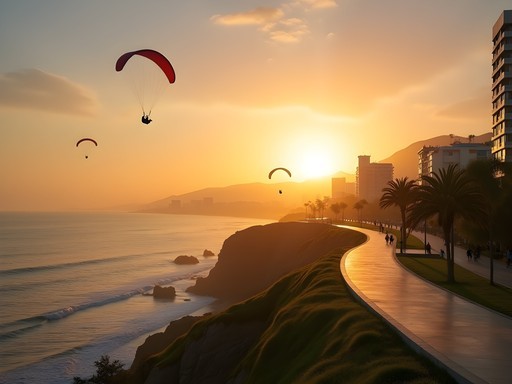

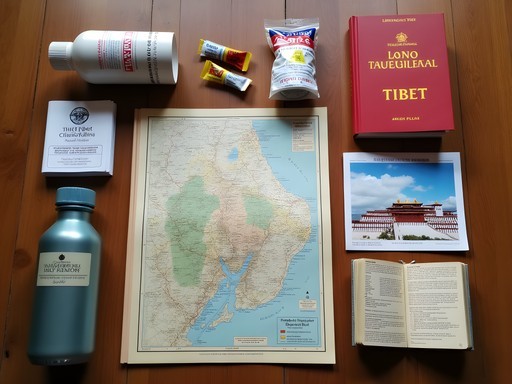
Comments
nomadzone6911
I spent two weeks in Tarawa in 2023 and your post captures the essence perfectly. The section on cultural navigation was spot-on - that initial reserved nature of locals that transforms into incredible warmth once you respect the protocols. One tip I'd add: bring plenty of small Australian dollars for local transactions. The ATMs were often empty when I visited, and having cash was essential. Also found that bringing small gifts (fishing hooks, school supplies) was much appreciated when visiting villages outside the main areas.
hikingstar
How's the internet connection there? Thinking about a remote work stint.
Skylar Roberts
Honestly, it's pretty unreliable. I could check email at my guesthouse but video calls were impossible. Probably not ideal for remote work unless you're very flexible!
summermood1435
Those sunset photos are incredible! Adding Kiribati to my bucket list right now.
wanderingwhale
If you're visiting Tarawa, definitely try the local fish dishes! The tuna there is the freshest I've ever had. Also, learning just a few i-Kiribati phrases goes a long way with the locals - they really appreciate the effort.
smartninja
So true about the language! 'Mauri' (hello) and 'Ko rabwa' (thank you) were the ones I used most. And yes to the tuna - had it prepared five different ways during my stay!
dreamphotographer
Wow Skylar, this is exactly the kind of off-the-beaten-path content I come here for! I visited Tarawa last year and was similarly struck by how the climate crisis isn't some future problem there—it's happening right now. That part about high tide washing through people's homes really resonated. Did you get a chance to visit any of the outer islands? I found Abaiang to be even more eye-opening than South Tarawa, though the boat journey was... let's say adventurous!
Skylar Roberts
Thanks! I did make it to Abaiang for two days - that boat journey was definitely an experience in itself. The resilience of communities on the outer islands was incredible to witness.
dreamphotographer
So glad you made it there! Those boat journeys really make you appreciate modern transport elsewhere, don't they?
oceanlegend
Quick tip for anyone heading to Tarawa - the minibuses (public transport) don't run on a schedule. Just stand by the road and wave one down. Costs almost nothing and is the best way to see the island and meet locals!
Taylor Moreau
Excellent writeup on one of the Pacific's least-covered destinations. I visited Tarawa briefly in 2024 while doing research on climate adaptation strategies across the Pacific. Your section on 'Navigating Climate Reality in a Vanishing Nation' captures the urgency of their situation perfectly. The juxtaposition of everyday life continuing while the very land is threatened is something that stays with you. For those planning a visit, I'd add that bringing appropriate gifts for homestays is important - practical items like fishing gear or school supplies are much appreciated. Also worth noting that Mary's Motel has upgraded their solar system since your visit, so power is more reliable now, though still intermittent.
Skylar Roberts
Thanks for the update on Mary's Motel, Taylor! That's great news about their solar improvements. Your gift suggestions are spot-on too - I should have emphasized that more in the post.
moonadventurer
This place looks fascinating! How difficult was it to actually get to Tarawa? And did you feel safe traveling solo there as the blog mentions?
Skylar Roberts
Getting there takes some planning! I flew through Fiji with Fiji Airways - they only operate flights twice weekly. As for safety, I felt completely safe walking around during daytime. Evenings I was more cautious, but that's my approach anywhere unfamiliar. The biggest risks are environmental (sun exposure, etc.) rather than crime.
moonadventurer
Thanks for the info! Adding this to my bucket list for next year. Did you bring any special gear that was particularly useful?
Skylar Roberts
Definitely bring a good water filter since bottled water can be limited. I used my water purifier daily. Also, cash is king - very few places accept cards!
oceanlegend
Just got back from Tarawa last month and this post is spot on! The part about the urban landscape being so different from what most tourists expect really resonated with me. I was shocked by how crowded South Tarawa is compared to the pristine beaches you see in Pacific island brochures. The local I-Kiribati were incredibly welcoming though. Spent an afternoon with a family who invited me to try toddy (palm sap) straight from the tree. Definitely agree that it's not for those seeking luxury resorts, but the authenticity of the experience was worth every bit of the journey.
Skylar Roberts
Thanks for sharing your experience! The toddy tasting sounds amazing - did you try it fermented too? That's quite the experience!
oceanlegend
Yes! Tried both fresh and fermented. The fermented one definitely had a kick to it! 😂
pacifictraveler55
Those sunset photos are incredible! The colors don't even look real!
Venture X
Premium card with 2X miles, $300 travel credit, Priority Pass